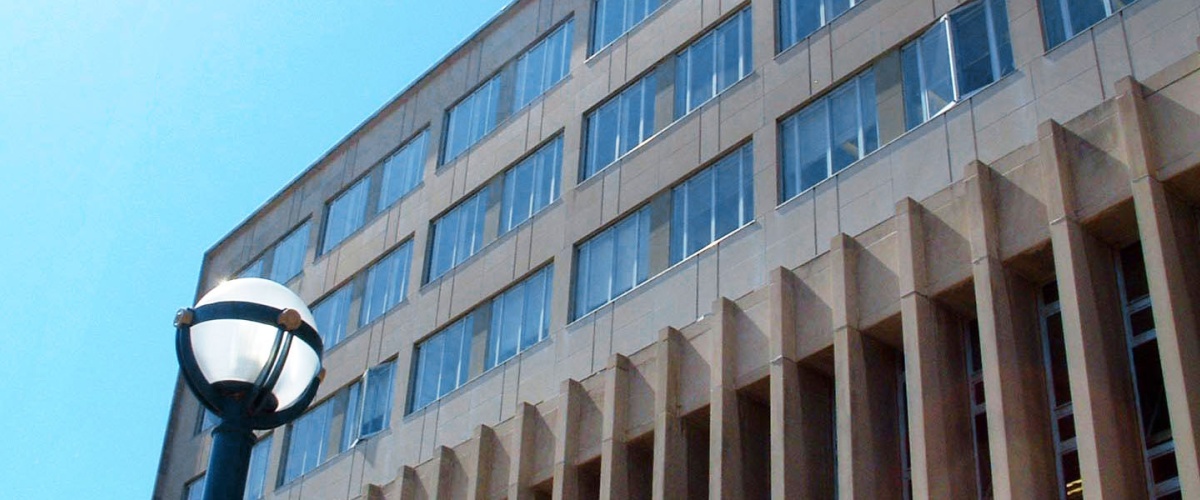How are we doing on public transportation in Madison? On the west side, not so great.
postedPublic transportation is a service, not a luxury. It is my view that cities should seek to maximize ridership coverage over maximizing ridership numbers, because the former is, on its face, the more equitable strategy. People of all ages, abilities and needs live throughout the City, not just in the areas with greatest population density. Madison chose a maximized ridership path, and now we are seeing clues about the results.
I have some maps and a graph to show you, and some resident feedback to report. First, given the emphasis on “going green” with the City’s move to an electric bus fleet, as well as concerted appeals and City planning decisions meant to discourage a reliance on automobiles, I would expect that any Metro redesign would heavily weigh the question: where do people go when they get in their cars? Knowing this, we can understand better how to make public transit more feasible for people currently reliant on automobiles. Also, since the City’s Metro redesign was predicated on where concentrations of jobs exist in Madison, there is even more reason to understand where people actually go each day, since we don’t want to make wrong assumptions about how and where people work relative to where they live.
Focusing on District 19 for a moment, here’s an image that shows you where people go when they originate an automobile trip in District 19 on an average weekday (in May 2023, based on Streetlight data). Darker colors indicate where most of these auto trips end. It’s probably no surprise that the majority occur within the district given that many people run their errands in convenient locations, live by where their kids go to school, and often prefer to live reasonably close to where they work and live their lives if they can afford to do so. One thing to note is that relatively fewer auto trips originating in District 19 go downtown. Rather, they mostly go northwest, west, and southwest, if not within District 19.

The next map below illustrates three types of bus stops within a good chunk of District 19—those that Madison Metro planned to keep (black dots), close (red squares), and add (green dots) when the Metro Redesign work was completed and before it took effect in June 2023. Since then, quite a few additional stops have been planned for closure (see this link which brings you to documents and a map associated with the corresponding agenda item that the City’s Transportation Commission voted to approve). Although Metro is engaging in ongoing feedback sessions from the public, the messaging around this effort has continuously reinforced that only minor changes will be made in December.

Next, here is a map generated from the City’s own Neighborhood Indicators Project (NIP), which shows areas of the City where public transportation is limited. I am showing the west side, but you can log in and see the larger City picture yourself. One caveat is that sometimes NIP maps show percentages of residents—percentages that register in darker colors on the maps may be based on lower numbers of residents. So, depending on whether you think ridership numbers vs. ridership coverage is more important, you may view darker colors on these maps as either acceptable or problematic.

And here are the City’s overall bus ridership numbers since 2019, keeping in mind that the only year we should be making comparisons to in the short-term is 2019, the year before the COVID-19 pandemic started, given large-scale stop and route closures when ridership plummeted purely as an artifact of the pandemic:

Finally, I requested the feedback that Metro has received in the weeks leading up to and following the launch of the network redesign in June 2023 (spanning a period of approximately one month), and which focused on any route crossing through District 19. It isn’t pretty. Out of 317 feedback instances, 85% are coded by City staff as complaints. Notwithstanding the fact that people happy with the changes are probably less likely to provide feedback, it is still quite concerning how many west side residents are struggling with the changes.Why am I showing you all of this? First, I promised to increase transparency if elected to this position, so I want you to have the same information that I have. I welcome follow-up questions from you. Second, I want to make sure people understand that the ever-increasing percentage of the City’s operating budget relying on our future tax dollars (general obligation borrowing) is going to continue to crowd out the expansion of public transportation.
If you feel that this type of information should be provided to the public for your district, feel free to ask your alder. And, be sure to attend this week’s Metro feedback session, if you can, or give your input to Metro online if you haven’t already.

